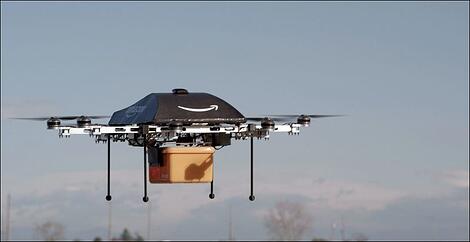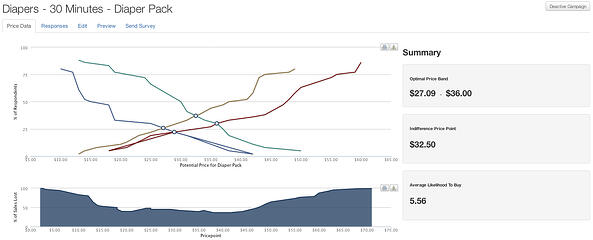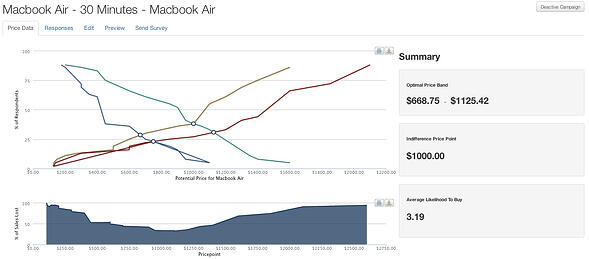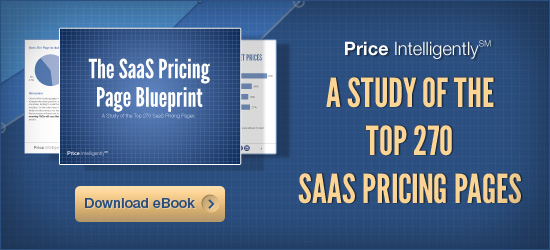Since CEO Jeff Bezos’s 60 minutes showcase of Amazon’s unmanned drone delivery service, many have written the interview off as just another PR stunt to boost holiday sales. Considering the technology is estimated to be over a decade away, the doubters are most likely correct. When digging deeper though, Bezos’s latest octocopter obsession illuminates Amazon’s purpose perfectly, becoming the largest retailer on the planet (and not just online).

Unfortunately, these droning delivery men also reveal what Amazon believes to be their core hurdle in achieving this goal: competing with local brick and mortar retailers who also sell 95% of Amazon’s products. To combat this, Amazon has spent billions of dollars building Amazon Prime (guaranteed 2-Day delivery), purchased numerous urban locker shipping companies to circumvent the “I wasn’t home for my package” problem, and even brokered a deal with the US Postal Service to begin delivery on Sundays.
This intense focus and spending begs the question though: Do Amazon shoppers truly value and care about receiving their items almost immediately?
To shed some light on this question, we at Price Intelligently decided to test if drastically decreasing the time of delivery impacted willingness to pay, a true proxy for how customers value different levels of delivery times. Let’s quickly look at the methodology and resulting data before analyzing how those fancy octocopters go well beyond a simple PR stunt.
The Methodology to Determine Willingness to Pay
For this test we utilized our value-based pricing software that works by pinpointing willingness to pay through asking potential or current customers a number of key pricing questions. Here’s an example campaign for you to check out, along with a link to an article that explains the algorithm more in depth. To summarize though, rather than asking respondents point blank how much they’d pay for diapers delivered in 30 minutes, we ask in ranges – at what point is this too expensive, at what point is this so cheap you question the quality, etc. This data is then sanitized and crunched on the backend to get the output you see below. The big number to focus on is the Indifference Price Point, which is essentially the median point or where half the respondents believe the item is getting expensive and half believe it’s a great deal.
In addition, we decided to differentiate between products that customers potentially need right away and products that typically don’t instill such a sense of urgency. In this vein, we tested two very different items that an unmanned drone could still deliver: a Macbook Air and a box of diapers. We felt most consumers could live without a new computer for a few days, but running out of diapers would most likely create a dire emergency that could warrant the need for instant home delivery.
For Diapers: Delivery Time Dramatically Affects Willingness to Pay
Some of us might be hesitant to assume parents would prefer paying significantly more for emergency air shipments of fresh diapers over stocking up at Wal Mart, but the data below proves otherwise.


The results are pretty fascinating. When respondents were asked how much they would pay for a diaper pack delivered between 7-10 days (standard ground delivery), their willingness to pay centered around $22.67. When that delivery window shrank to 30 minutes though, the willingness to pay jumped to $32.50, an increase of 43.4%.
So as a whole, our beautiful diaper data shows that Bezos might not be so nuts for pursuing such radical ways to save time. Quick delivery has always been a powerful value proposition, but as technology like these drones moves forward, it could become the ultimate differentiator between an e-commerce specialist like Amazon and a giant retail bodybuilder like Wal Mart.
For a Macbook Air: Delivery Time Impacts Willingness to Pay (Slightly)
Even more surprising though, the results for the Macbook Air study showed a similar increase in willingness to pay as delivery time decreased. Even though most of us could wait a hot minute for a new laptop, the responses for the 30 minute delivery generated an indifference price point of $1000 (retails for $999), $75.19 more than that of the 7-10 day delivery (IPP of $924.81).
Granted, that 8% difference isn’t anything to write home about, but the trend seems to hold even for premium products that aren’t required in bulk to stem a newborn baby.


Time Is of the Essence
As the results indicate, the old adage that time is money appears to still hold true. In the online retail space, Amazon’s bet of closing out the hurdles in the last mile of the purchase cycle clearly will continue to pay dividends. Interestingly enough though, in his interview, Bezos explained that all the data suggests that Amazon should raise prices as they continue to improve service, but in his belief doing so would erode the trust of his customers. This notion continues to sharpen Amazon’s edge against their brick and mortar brethren, increasing value in an already low price product.
Clearly Bezos and Amazon are in it for the long haul, which is great because we’ll probably have a long time before we see our first drone. The FAA has already come out against commercial drones until safety and logistics are hammered out in detail. We suppose that’s ok, because the last thing we need is a sky raining diapers, Macbook Airs, and whatever else Bezos’s octocopter obsession brings our way.
To learn more about pricing specifics, check out our Pricing Strategy ebook, our Pricing Page Bootcamp, or learn more about our price optimization software. We’re here to help!
- SEO Powered Content & PR Distribution. Get Amplified Today.
- Platoblockchain. Web3 Metaverse Intelligence. Knowledge Amplified. Access Here.
- Source: https://www.priceintelligently.com/blog/bid/191679/beyond-the-pr-amazon-takes-to-the-skies-to-boost-customer-value




